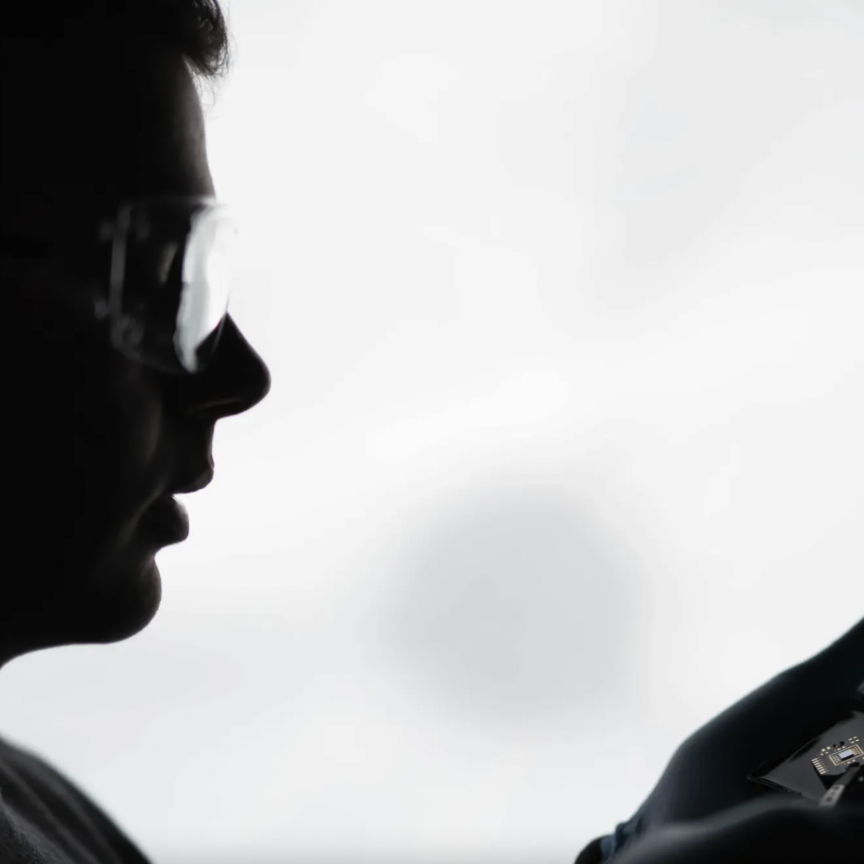Trumpf Photonic Components is industrialising the production of short-wave infrared (SWIR) indium phosphide-based (InP) vertical-cavity surface-emitting lasers (VCSELs) to support high-volume applications.
The company says it has demonstrated excellent VCSEL performance up to 140°C at around 1,390nm wavelength, with the emission wavelength of the InP-based VCSELs being tunable between 1,300-2,000nm.
The new industrial production platform will expand on Trumpf's current portfolio of Gallium arsenide- (GaAs-) based VCSELs in the 760-1,300nm range for near-infrared (NIR) applications.
The new InP platform is more flexible in the longer wavelength spectrum than GaAs, while still providing the same benefits as compact, robust and economical light sources.
SWIR VCSELs can be used in applications with higher output power while remaining eye-safe compared to shorter-wavelength VCSELs. The long wavelength is not susceptible to disturbing light such as sunlight in a broader wavelength regime. One popular example from the mass markets of smartphone and consumer electronics devices, is under-OLED applications. The InP-based VCSELs can be easily put below these OLED displays, without disturbing other functionalities and with the benefit of higher eye-safety standards. OLED displays are a huge application field for long wavelength sensor solutions, according to Trumpf.
“We are working hard to mature this revolutionary production process and to implement standardisation, which would further develop this outstanding technology into a cost-attractive solution,” said Berthold Schmidt, CEO at Trumpf Photonic Components. “We aim to bring the first products to the high-volume market in 2025.”
“The groundwork for the successful implementation of long-wavelength VCSELs in high volumes has been laid. But we also know that it is still a way to go, and major production equipment investments have to be made before ramping up mass production”, said Schmidt. “In future we expect high-volume projects not only in the fields of consumer sensing, but automotive lidar, data communication applications for longer reach, medical applications such as spectroscopy applications, as well as photonic integrated circuits (PICs), and quantum photonic integrated circuits (QPICs). The related demands enable the SWIR VCSEL technology to make a breakthrough in mass production.”


